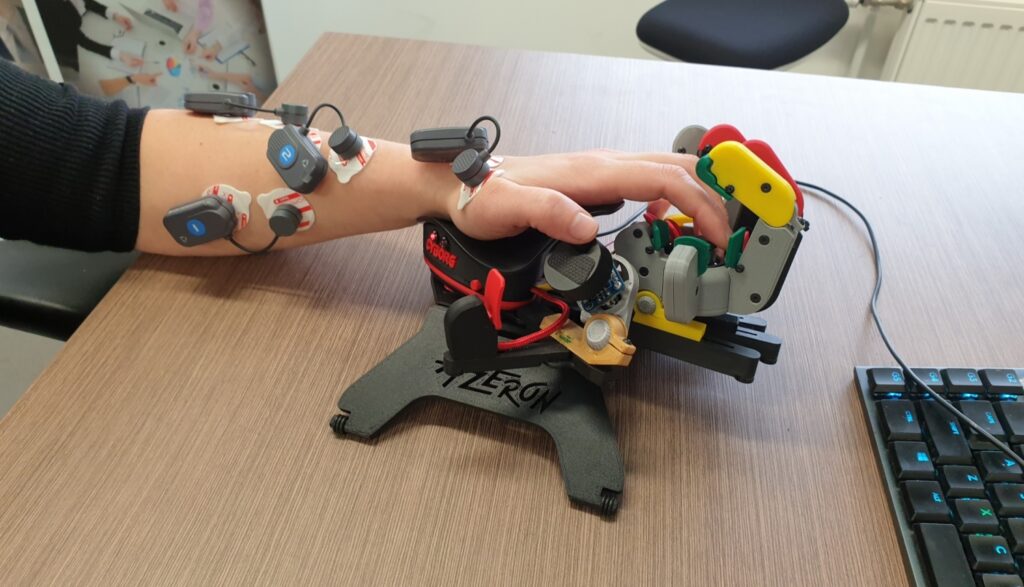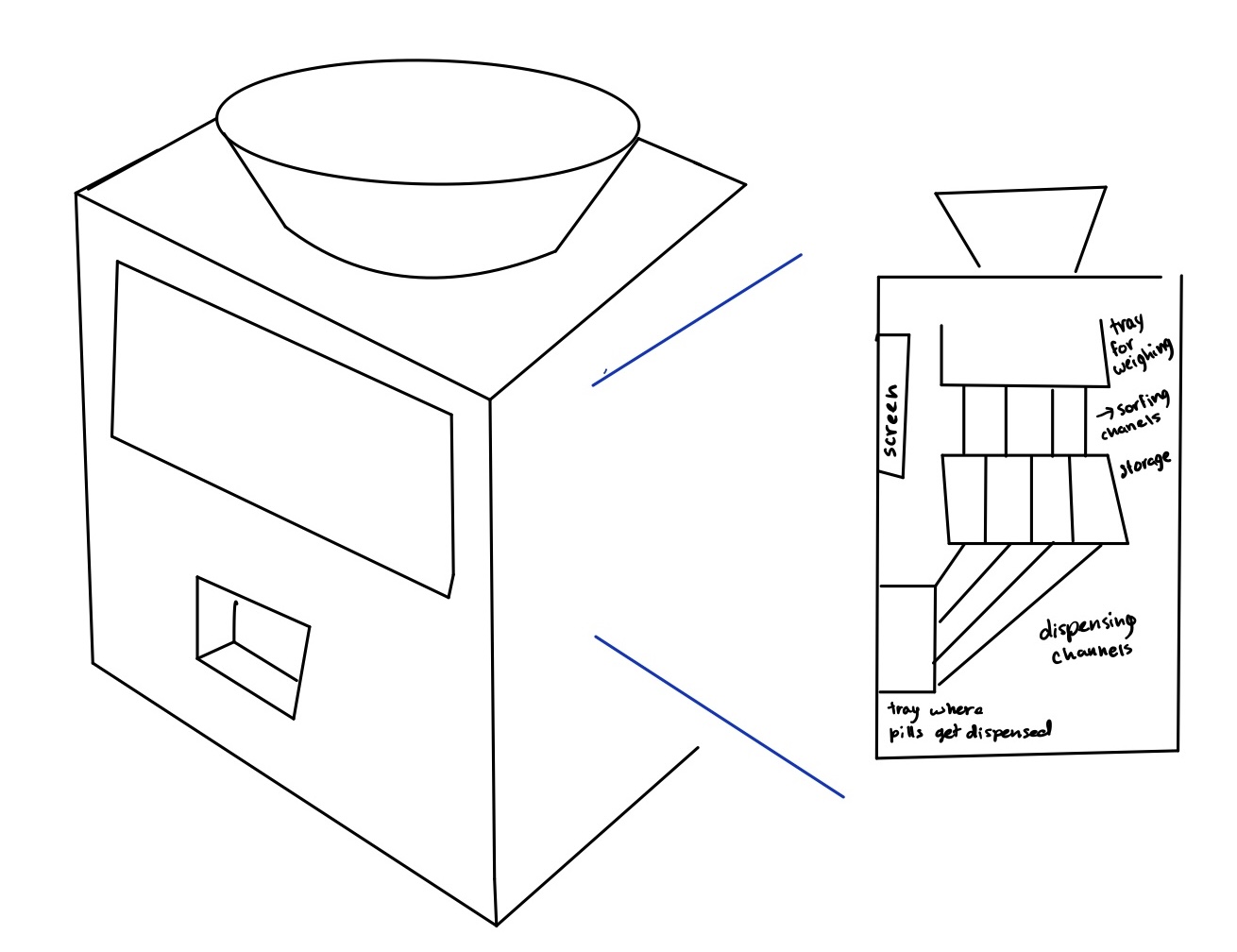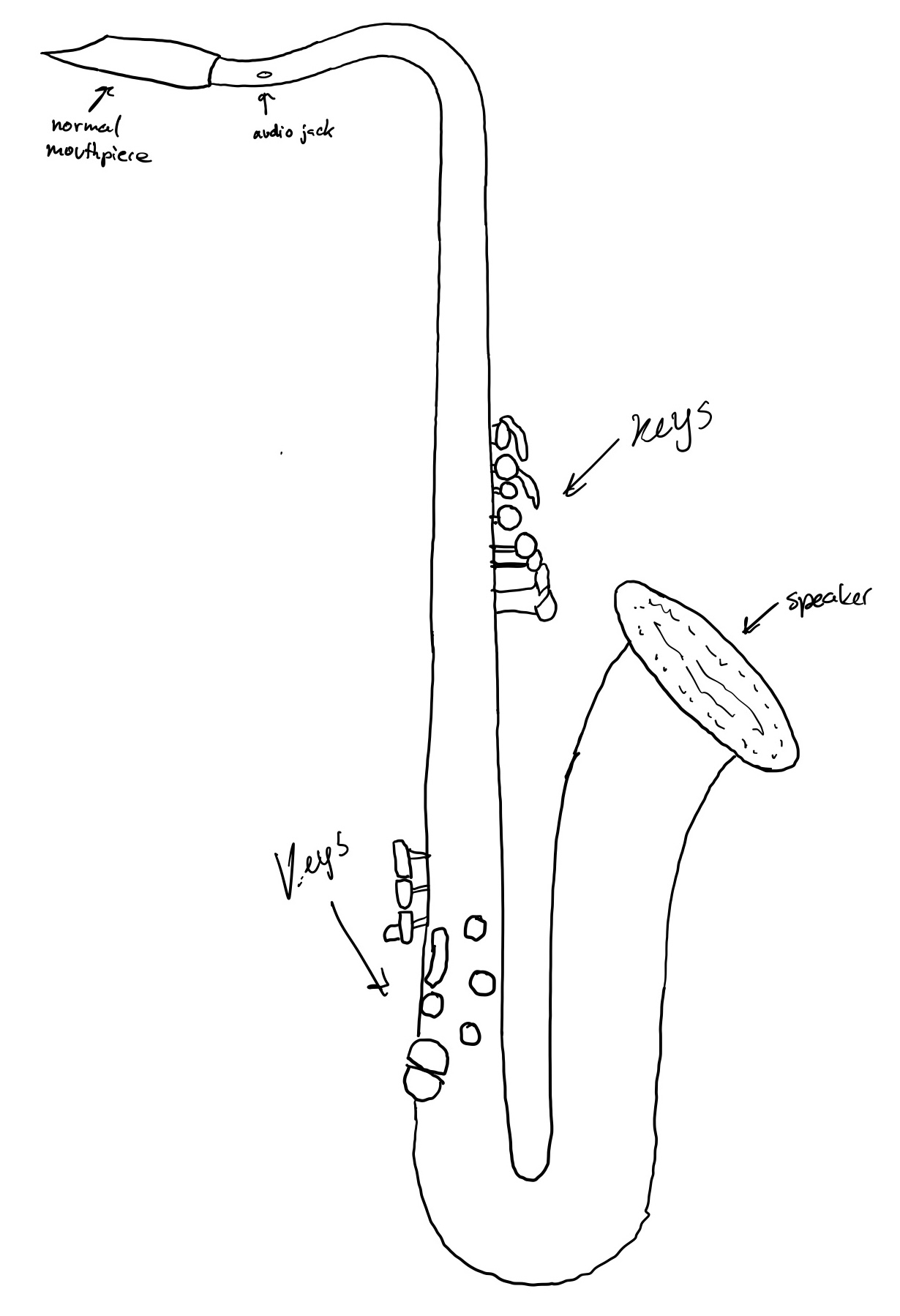Project Conception
Brainstorming
When I applied to FabAcademy, I wanted to work on accessible ergonomic keyboards focused on people with physical disabilities. I got the idea after getting myself a charachorder and thinking about improvements I would like to do on it, and how others could benefit too. While this is still a project that I would consider doing in the future, it is not something I am currently too passionate about.
Although in my research I mostly looked at charachorder, datahand, lalboard, and svalboard; Azeron's gaming keypad is the closest existing reference to what I had in mind for this idea. See below how they are achieving exactly what I would have sought out to do:

When I went home for the holidays recently, I saw first hand how much time was spent organizing my grandmother's medication. This got me thinking that a cool project could be a smart pill organizer; where after some inputs from her, she could essentially empty full bottles of medication and have the system sort it and store it for her, reminding her at selected times to take certain pills and dispensing them for her. I thought that like her, there must be many people that could benefit from this. This would definitely be a cool project for the future, but it would also imply a lot of responsibility (wrong dose dispatch could have severe effects on someone) and I am not sure how much I will be able to master the skills needed to make this project reliable enough. This is a sketch of what I had in mind for this project:

Other ideas I had about potential final projects I would enjoying working on were a remote controlled foiling sailboat, a toolbox that fetches tools for you and then organizes them when you return them, and a smart hydraulic fittings organizer (similar concept to the smart pill organizer). However I wasn't passionate about any of these.
On the second day of FabAcademy, when I was on the metro heading to the Lab, I had a light-bulb moment. You see, when I was a teenager in high school, I played the tenor saxophone in my school's orchestra. I loved playing the instrument and ever since I left it, I have wanted to re-learn it and keep practicing. I always made up excuses for myself. It's an expensive, time-consuming, loud instrument. But what if it didn't have to be? Although I do want to commit to buying a real brass one and re-learning the skill, what if I can make one for myself? A personally produced electronic saxophone that can connect to my headphones instead of torturing the entire street. It will be cheaper. It won't be less time consuming because I will have to do it, but I was going to have to do some project anyways. And it can be as loud as I want or as quiet as the neighbors want. Sure, this may not change other people's lives but I think I will have fun doing it. The following is an initial sketch of what I would like to do:

Questions
- Has this been done before?
- What is available on the market?
- How do regular saxophones work?
- How can a regular saxophone's functionality be translated into making an electronic one?
- How do electronic saxophones work?
- How will my electric saxophone work?
- What will be the overall structure of my electric saxophone? What processes/systems/standards will it use?
Research
Market Study and Project References
Commercially:
- Yamaha has the YDS-120 digital saxophone.
- Emeo has the digital practice horn.
- Odei has the Travel Sax 2.
- Sunrise Melody has the XR3000 electronic saxophone.
Electric Saxophones Functionality
A quick "How do electric saxophones work?" google search led me to this article from sunrise melody. It was short and simple, but gave me the basic understanding I needed to give my project a basic structure.
Saxophone Accoustics
The School of Physics at the University of New South Wales in Sydney Australia has amazing documentation on music acoustics. I stopped playing the saxophone over 5 years ago, so the physics behind how the instrument works was a bit blurry for me. In order to refresh my memory and understand the scope of my project better, I went on a deep dive through their research.
I started with their article on how woodwind instruments work. Then, I dove into their introduction to saxophone acoustics article. However, after reading the overview, I decided to read their article on the importance of air speed and blowing pressure in woodwind and brass instruments beforehand. So after reading that article, I went back to the saxophone acoustics article. If you (understandably) don't want to go down the same rabbit hole that I did (although it was incredibly interesting and I definitely recommend it if you have the time), I will explain the basics that helped me better understand how to undertake this project.
To produce sound, the molecules at any point in the air near the source move backwards and forwards. The air pressure will in turn vary up and down by very small amounts. The number of vibrations these molecules are submitted to (per second) is called the frequency of the sound, which is measured in cycles per second or Hertz (Hz). To make musical notes, you usually need the vibration to have a nearly constant frequency, which means a stable pitch. This stable, controlled vibration is usually produced by a standing wave. Standing waves oscillate in time but their peak amplitude profile does not move in space. The peak amplitude of the wave oscillations at any point in space is constant with respect to time, and the oscillations at different points throughout the wave are in phase.
In a saxophone, the player provides a continuous flow of air into the instrument (through the mouthpiece) at a pressure above that of the atmosphere. The reed, which is flexible and bends, turns this continuous power into acoustic power. It acts like a control oscillator, cooperating with the resonances in the air inside the instrument and producing an oscillating component of both flow and pressure by changing its aperture. Once the air in the saxophone is vibrating, some of the energy is radiated as sound out of the bell and any open holes. A much greater amount of energy is lost as a sort of friction (viscous loss) with the wall. In a sustained note, this energy is replaced by energy put in by the player. The column of air in the saxophone vibrates much more easily at some frequencies than at others (i.e. it resonates at certain frequencies). These resonances largely determine the playing frequency and thus the pitch, and the player in effect chooses the desired resonances by suitable combinations of keys. For any given fingering, reed, and mouthpiece set-up in a saxophone, the player can make a range of sounds, varying the pitch, loudness and spectrum. The control parameters available to the player are the pressure in the mouth, the bite force, the position at which the lip presses on the reed, and sometimes the configuration of the vocal tract.